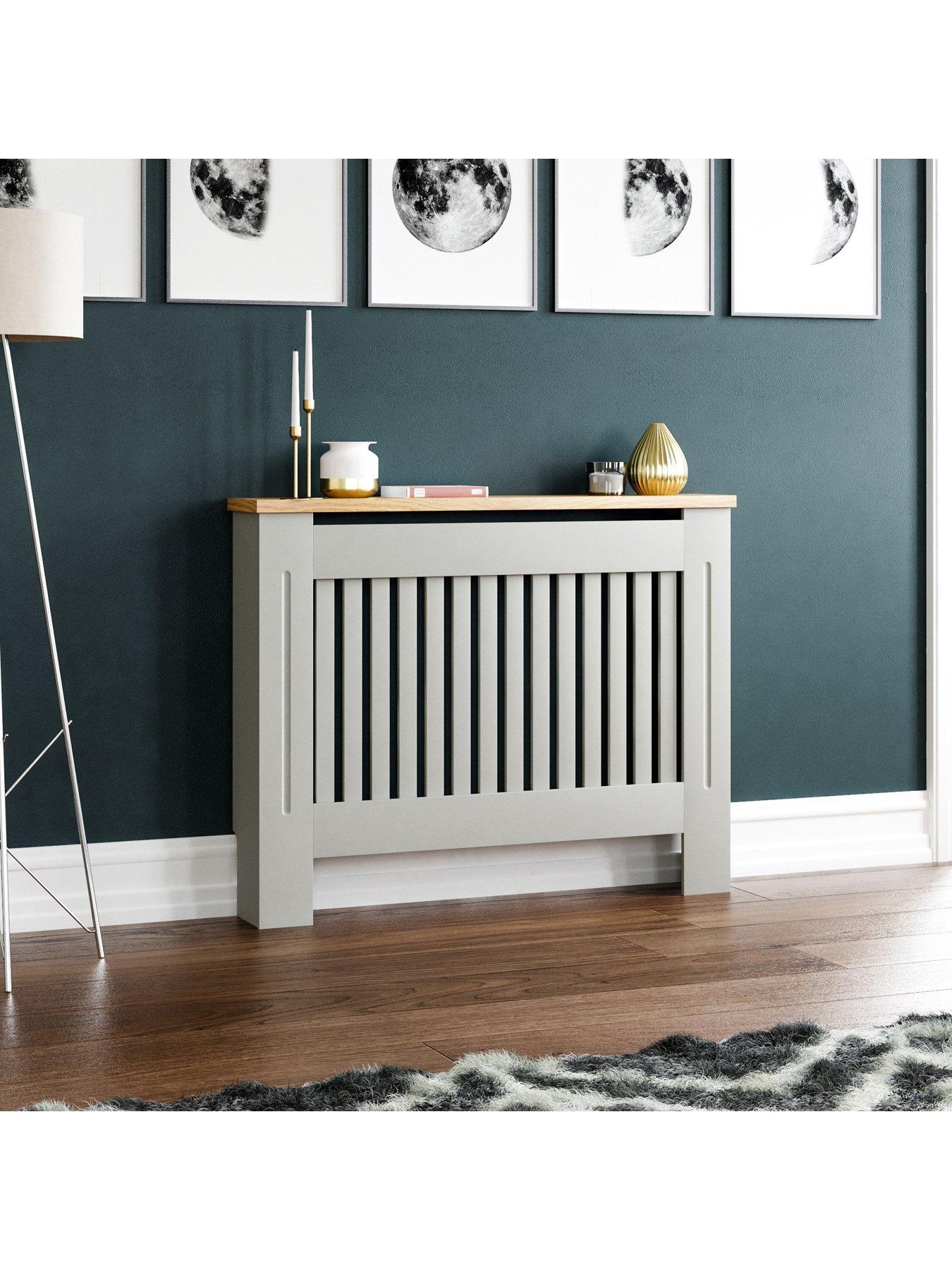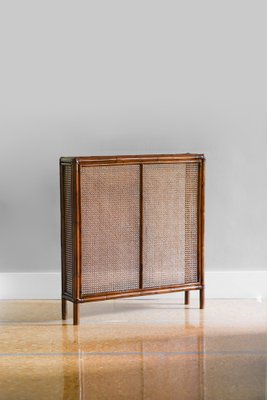Radiator Cover Solutions for Little and Big Areas
Radiator Cover Styles: Choosing the Right Furnishings for Your Space
Choosing the appropriate radiator cover style is a critical choice that can boost both the functionality and visual charm of your room. With a variety of choices available, from contemporary minimal designs to much more traditional classic designs, comprehending the implications of each selection is necessary.
Comprehending Radiator Cover Types
When thinking about radiator covers, it is important to understand the numerous kinds offered to make sure an ideal match for both performance and looks. Radiator covers can be generally categorized into three primary types: wooden, steel, and bespoke alternatives.

Metal radiator covers, on the other hand, use a modern-day and streamlined look. Normally made from products such as steel or light weight aluminum, these covers are sturdy and can hold up against heats. They are commonly offered in numerous colors and finishes, making them appropriate for contemporary settings.
Bespoke radiator covers offer a customized option, made specifically for the distinct dimensions and aesthetic demands of a room. These covers can be made from a mix of products, making certain both usefulness and layout comprehensibility.

Understanding these kinds permits house owners to pick a radiator cover that not just hides the radiator successfully however also enhances the general atmosphere of their interior area.
Modern Minimalist Styles
Modern minimal styles in radiator covers prioritize simpleness and capability while maintaining a streamlined aesthetic. These designs usually include tidy lines, muted shades, and unobtrusive kinds that flawlessly mix into modern insides. The focus gets on decluttering visual room, enabling the radiator covers to serve their function without drawing unneeded interest.
Materials generally used in modern-day minimalist radiator covers consist of lightweight metals, glass, and top quality timber. These materials not only improve resilience yet also add to a refined look. The usage of perforated patterns or open slats guarantees optimum heat dissipation while still supplying a sophisticated appearance.
In addition to aesthetics, contemporary minimal designs usually incorporate multifunctionality. Several radiator covers double as racks or ornamental surface areas, providing additional energy without endangering the design values. This flexibility is specifically important in smaller spaces where taking full advantage of capability is important.
Traditional Classic Styles
Timeless vintage styles in radiator covers evoke a sense of nostalgia and ageless elegance, commonly identified by intricate detailing and rich materials. These covers attract inspiration from various historical periods, including Victorian, Edwardian, and Art Deco, each contributing one-of-a-kind artistic elements and craftsmanship.
Victorian styles normally include elaborate carvings, flower themes, and sophisticated scrollwork, reflecting the magnificence of the age. Edwardian designs, on the various other hand, often existing an extra structured look, with delicate embellishments and lighter colors that complement the ventilated aesthetic of the period. Art Deco introduces bold geometric shapes and glamorous surfaces, weding feature with striking visual appeal.
Making use of vintage radiator covers not only offers a practical purposeâEUR" concealing unattractive radiators and giving extra surface areaâEUR" but additionally boosts the overall decoration of a space. They offer as novelty, adding depth and character to areas ranging from traditional to eclectic. When picking a traditional vintage radiator cover, think about exactly how its design lines up with the existing furnishings and architectural functions of your home, making sure a harmonious and cohesive setting that celebrates classic appeal.
Picking Materials and Finishes
Picking the appropriate materials and coatings for radiator covers is critical in accomplishing both aesthetic appeal and durability. The selection of material can dramatically affect the overall appearance of the space while likewise determining the long life of the cover. Usual materials consist of wood, steel, and composite options, each offering unique benefits and styles.
Metal covers, such as those made from steel or light weight aluminum, use a contemporary appearance and superior sturdiness, able to withstand higher temperatures without endangering integrity. These finishes can be powder-coated or painted to improve their aesthetic charm.

Integrating Covers With Existing Design
Integrating radiator covers with existing design needs a thoughtful approach to make sure consistency within the room. To attain this, take into consideration the overall style of your roomâEUR" whether it is contemporary, standard, or diverse. Select a radiator cover that matches the existing furnishings and building information, such as crown molding or home window trim.
Color control plays an important function; a cover repainted in a color that mirrors various other aspects in the space can produce a cohesive look. Additionally, a contrasting surface can serve as a statement piece, enhancing the aesthetic interest of the area.
Furthermore, focus on the product of the radiator cover. Wood covers can provide warmth and a natural feel, while steel alternatives might use a streamlined, contemporary aesthetic. Patterns or decorative intermediaries can likewise be employed to connect various other layout themes present in your design.
Lastly, consider the functional facet of the cover. Guarantee it enables adequate warmth flow while also providing a level surface area for ornamental items or plants, hence improving both appearances and usability. Thoughtful integration of radiator covers can boost the general setting of your area.
Conclusion
The option of a proper radiator cover style plays a vital role in boosting both the aesthetic and useful facets of web link a space. By taking into consideration different layouts, such as contemporary minimal and traditional vintage styles, together with suitable materials and coatings, a harmonious integration with existing style can be accomplished. Ultimately, the ideal radiator cover not just conceals home heating components properly but likewise adds to the general setting and decor cohesion of the indoor atmosphere.
Picking the suitable radiator cover style is a crucial choice that can improve both the functionality and aesthetic appeal of your area.Modern minimal layouts in radiator covers prioritize simpleness and performance while keeping a smooth aesthetic. Lots of radiator covers double as shelves or attractive surface areas, providing added energy without compromising the style principles - Radiator cover.The usage of vintage radiator covers not only serves a sensible purposeâEUR" concealing unsightly radiators and supplying added surface area areaâEUR" but likewise improves the total style of an area. see here now When selecting a classic vintage radiator cover, think about exactly how its layout straightens with the existing furnishings and building attributes of your home, making sure a cohesive and harmonious atmosphere that celebrates ageless charm